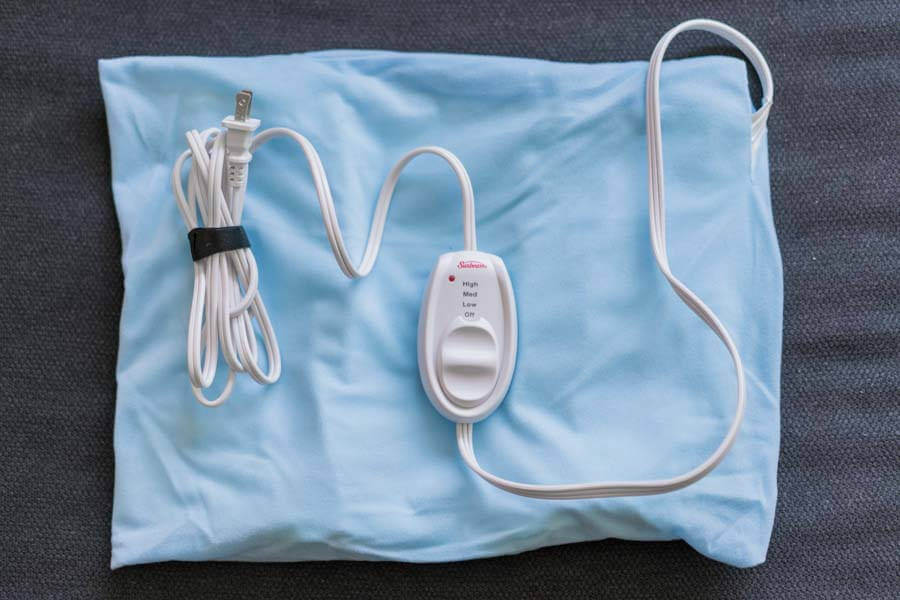Discogenic Back Pain
An estimated six million Americans between the ages of thirty and sixty suffer from some form of discogenic back pain. Discogenic back pain is a degenerative conditions that occurs when intervertebral discs, the fibrocartilaginous material between each vertebra that acts as a shock absorber and allows for movement, degenerate and cause discomfort; this typically occurs in the lower back.
Common Causes of Discogenic Back Pain
The intervertebral discs are comprised of an outer ring filled with nerves called the annulus fibrosus and an inner substance called the nucleus pulposus. As the body ages, cells lose water, and when this happens, the intervertebral discs, in particular, become susceptible to cracking and annular tears. The resultant pain originates from the annular nerves becoming irritated and inflamed and can cause internal disc disruption (IDD).
Symptoms
Discogenic back pain is generally a chronic condition that is felt when the spine is compressed, especially when sitting or bending. Common symptoms of discogenic back pain include:
Lower back pain and spasms
Pain radiating to the buttocks, thighs, and groin
Diagnosis
Discogenic back pain is diagnosed via an MRI or through a comprehensive evaluation/assessment process known as the McKenzie method, which works with range of motion and movement to discover the source of the pain.
Possible Treatments
Treatment for pain resulting from compressed nerves in the spinal column of the low back generally focused around minimalizing inflammation around the nerves. Many people suffering from discogenic back pain find that symptoms often subside on their own. Light exercise, such as walking, can help facilitate relief; assuming other positions that do not compress the spine, like lying down or standing upright, also provide relief from pain and discomfort associated with discogenic lower back pain.
For those who find discogenic back pain to be chronic and debilitating, more aggressive treatments may be necessary. Spinal fusion is one such treatment, however, it does not always alleviate the pain. One type of surgery that does provide relief, in addition to being minimally invasive, is Intradiscal Electrothermal Therapy, or IDET. IDET cauterizes the annulus, kills the nerves, and repair any tears. Since the annulus nerves are dead, any pain associated with discogenic back pain should fall by the wayside. Other common treatment options for discogenic back pain include:






At 360 Pain Treatment, our mission is to provide compassionate pain relief, restore prior function and activity levels, and optimize the quality of life for all.

360 Pain Treatment aspires to create a culture of care in our communities by helping those suffering with pain to live more pain-free and thus improving their quality of life.

- Compassion for all who are ailing and in need of help.
- Advancement of minimally invasive healthcare procedures that firstly considers patient wellbeing.
- Respect and inclusion for everyone we serve in our communities.
- Excellence and efficiency in all that we do.









